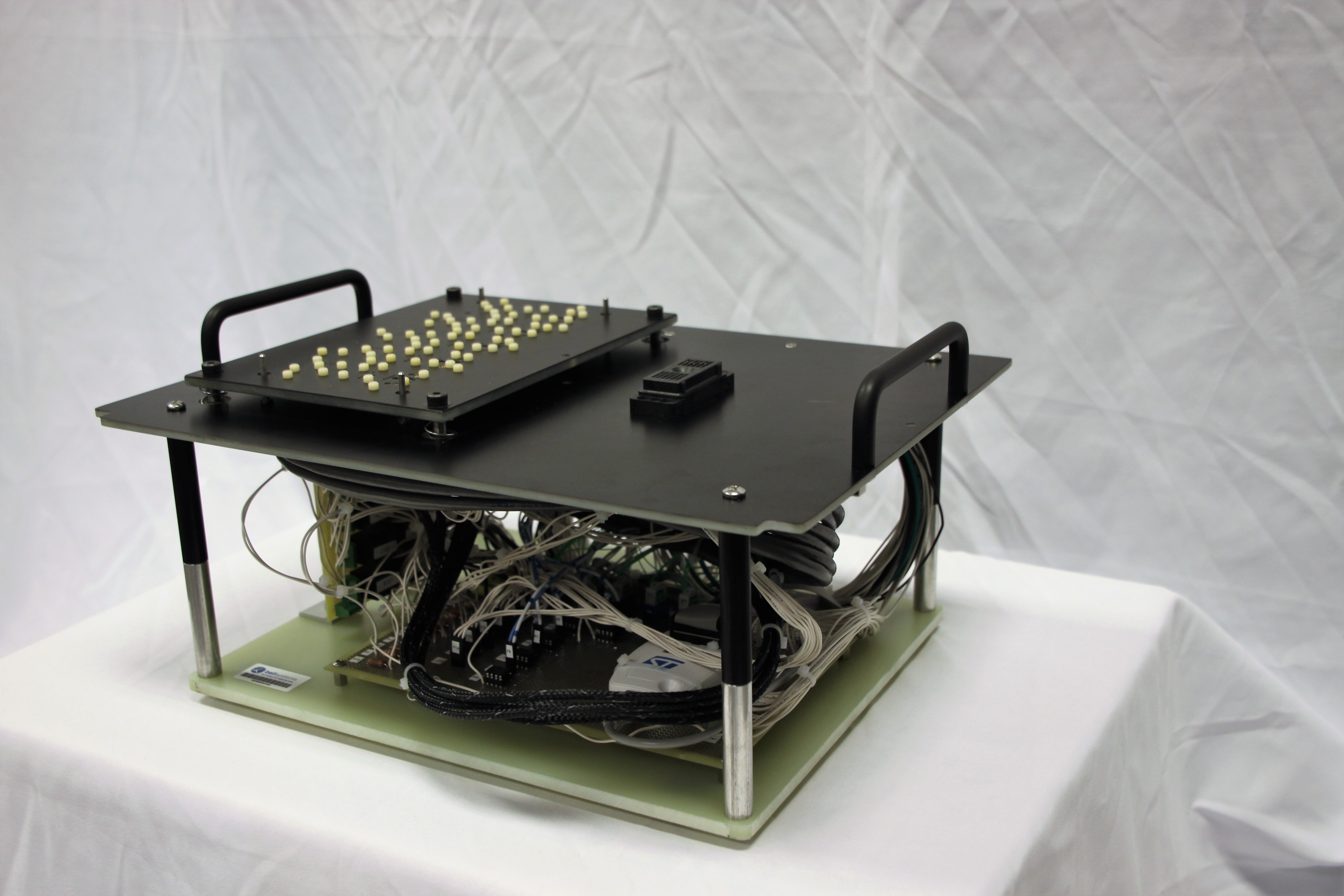+1 (317) 804-2330 | info@ballsystems.com | Blog
+1 (317) 804-2330 | info@ballsystems.com | Blog

Near the end of the manufacturing line, a pass/fail test is critical to test the production quality of your printed circuit board assembly (PCBA). Before you’re ready to ship, a functional test should be run to verify the functionality and test the behavior of your assembly. It’s part of a broader strategy to ensure your product has full test coverage in the manufacturing environment. Does the device under test (DUT) actually work? Functional testing will help provide the answer.
Quality assurance
Unlike an In-Circuit Test (ICT), functional testing will not evaluate individual components and their electronic characteristics. Instead, the functional tester will connect to the finished PCBA and run several tests to ensure full functionality. In this test, the test engineer will be able to monitor the device under test (DUT), characterize its performance and retrieve the right data to evaluate the whole design. Your functional test will test various functions within the design to see if they are working as expected. Rather than full nodal access like ICT, functional test is typically implemented at the connector interface level to execute the test. Functional test will confirm the interactions of the components in a manner similar to that of the end user. A functional test should be designed to isolate defects as early as possible so product failures can be identified and fixed quickly.
The right functional test can help you detect functionality failures, find incorrect component values and spot parametric failures. It can also determine DUT power consumption during operation and uncovers problems with analog and digital circuitry.
Improve process and reduce costs
The actual functional test implementation can vary wildly when it comes to the variety of products you may need to test. The test parameters will be unique to each type of DUT. But the necessity of functional test stays the same and that’s why we recommend that our customers avoid taking up unnecessary space and resources with multiple unique systems if possible.

Instead, using a universal test system can help you reduce space needed and cut down on the number of operators required to test your range of products and maximize value. If you can provide your test partner with the full list of the exact functions of the variety of DUTs and the test parameters, the right company should be able to evaluate your needs and create an optimized universal tester to handle as many as your products as possible on one platform.
If you’d like to read more about how we work with our customers to design and build universal test systems, check out the following white paper.

Ball Systems designs, develops, and delivers custom test systems and produces comprehensive build-to-print systems for companies creating or manufacturing critical electronic or electro-mechanical components for automotive, aerospace and defense and consumer appliance applications.
Blog Comments